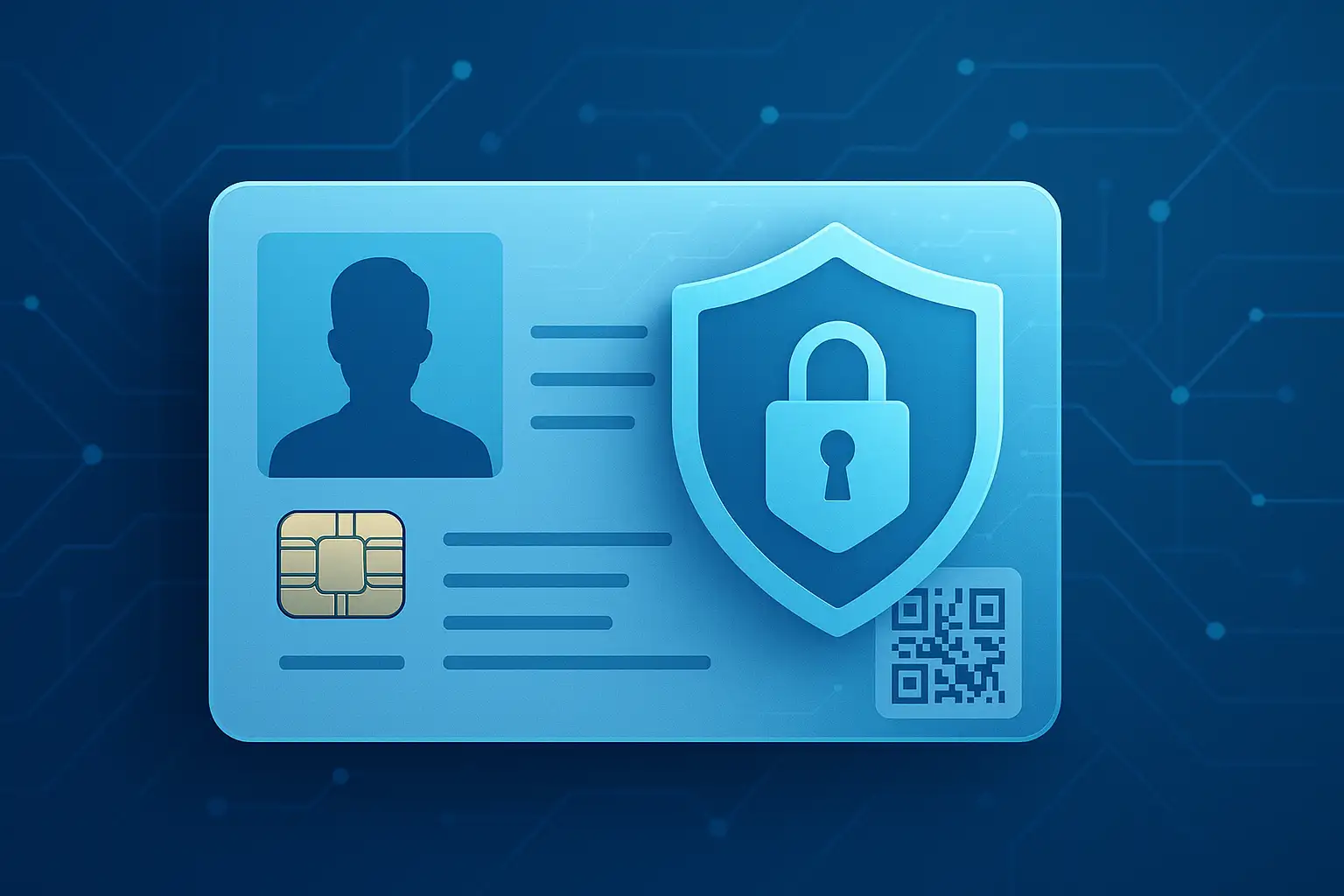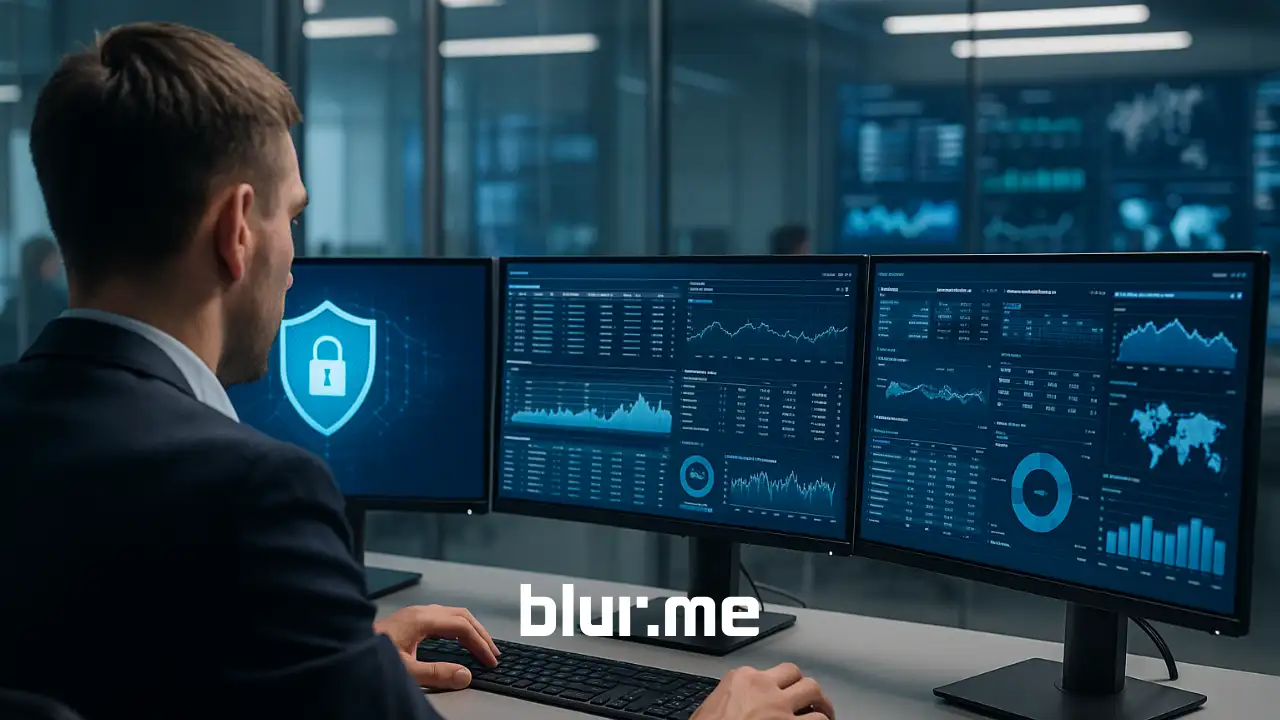In an increasingly digital world, data security, privacy, and regulatory compliance are no longer optional — especially when working with or alongside the U.S. government. One critical regulation in this arena is the National Defense Authorization Act (NDAA) and its implications for technology procurement and surveillance hardware. If you've ever asked, "What is NDAA compliance?" or "What does NDAA compliant mean?", this guide is your definitive answer.
What Is NDAA Compliance?
NDAA compliance refers to adherence to the John S. McCain National Defense Authorization Act for Fiscal Year 2019, specifically Section 889, which restricts the use of certain telecommunications and video surveillance equipment made by companies deemed security risks to the U.S.
The law prohibits federal agencies, contractors, and grant recipients from using equipment from certain Chinese manufacturers — most notably Hikvision, Dahua, Huawei, ZTE, and Hytera. This regulation applies not only to direct use but also to any component within a system.
Understanding what is NDAA and staying compliant is crucial if you're selling, installing, or operating video surveillance systems in any government-related capacity.
What Does NDAA Compliant Mean?
When a device is NDAA-compliant, it means that:
- It does not contain components (chipsets, firmware, or software) from banned manufacturers on the Section 889 list of companies
- It meets U.S. federal procurement requirements
- It can be used in federal government facilities, military applications, and critical infrastructure
Even if your product isn’t directly sold to the government, many state, municipal, and enterprise clients now insist on NDAA-compliant products as a minimum standard of security.
Section 889 Compliance Explained
Section 889 of the NDAA breaks down into two primary parts:
- Part A: Prohibits government agencies from procuring covered equipment or services from listed companies.
- Part B: Prohibits agencies from working with contractors who use such equipment — even in unrelated parts of their business.
This means contractors and solution providers must scrutinize every component, including embedded parts and OEM suppliers, to ensure 889 compliance.
Who Needs to Be NDAA Compliant?
- Federal agencies and departments
- Government contractors and subcontractors
- Educational institutions receiving federal grants
- Local municipalities applying federal funds
- Security and IT integrators deploying public sector systems
If you’re providing video surveillance solutions, network recorders (NVRs), or IoT infrastructure, you must ensure NDAA compliance across your entire supply chain.
NDAA Compliance List and Banned Companies
The section 889 list of companies currently includes:
- Huawei Technologies Company
- ZTE Corporation
- Hangzhou Hikvision Digital Technology
- Dahua Technology
- Hytera Communications Corporation
This list may evolve, so checking the official U.S. Government updates is essential when certifying products.
What Is NDAA Compliant Camera?
A NDAA-compliant camera is a surveillance camera that:
- Uses non-banned chipsets
- Contains no embedded components from 889-listed vendors
- Is approved for use in government facilities
NDAA-compliant products also include network video recorders (NVRs), routers, and video redaction software.
Finding NDAA Compliant Products
To ensure NDAA compliance, look for:
- Certification documentation from manufacturers
- Clear labeling, such as the "NDAA Compliant" logo
- A verified NDAA compliant cameras list from trusted resellers
- Vendors who provide full supply chain transparency
Many manufacturers now offer dedicated NDAA compliant product lines. However, buyers should remain cautious of rebranded or OEM models that may still use banned chipsets.
Why NDAA Compliance Matters for Video Redaction and Anonymization
If your organization handles sensitive video footage — such as surveillance of public spaces, schools, hospitals, or military zones — you must not only capture but also protect privacy in a compliant way.
That's where BlurMe’s AI Blur Face comes in. BlurMe offers NDAA-conscious solutions like:
With BlurMe, you can process sensitive videos using fully browser-based, secure, and fast anonymization tools — without relying on questionable overseas hardware or embedded spyware risks.
You can even Sign up to BlurMe AI-powered Redaction Software today to ensure your workflow stays secure and privacy-respecting.
Final Thoughts on NDAA Compliance
Whether you're managing public safety, supplying video solutions, or preparing government tenders, NDAA compliance is no longer a checkbox — it's a mandate. Understanding what is NDAA compliant, choosing the right NDAA-compliant products, and keeping ahead of section 889 compliance are critical steps in safeguarding your business and aligning with federal cybersecurity standards.
By combining secure hardware with AI-powered privacy tools like BlurMe, you can build ethical, compliant, and future-ready video surveillance systems that meet even the strictest government standards.









